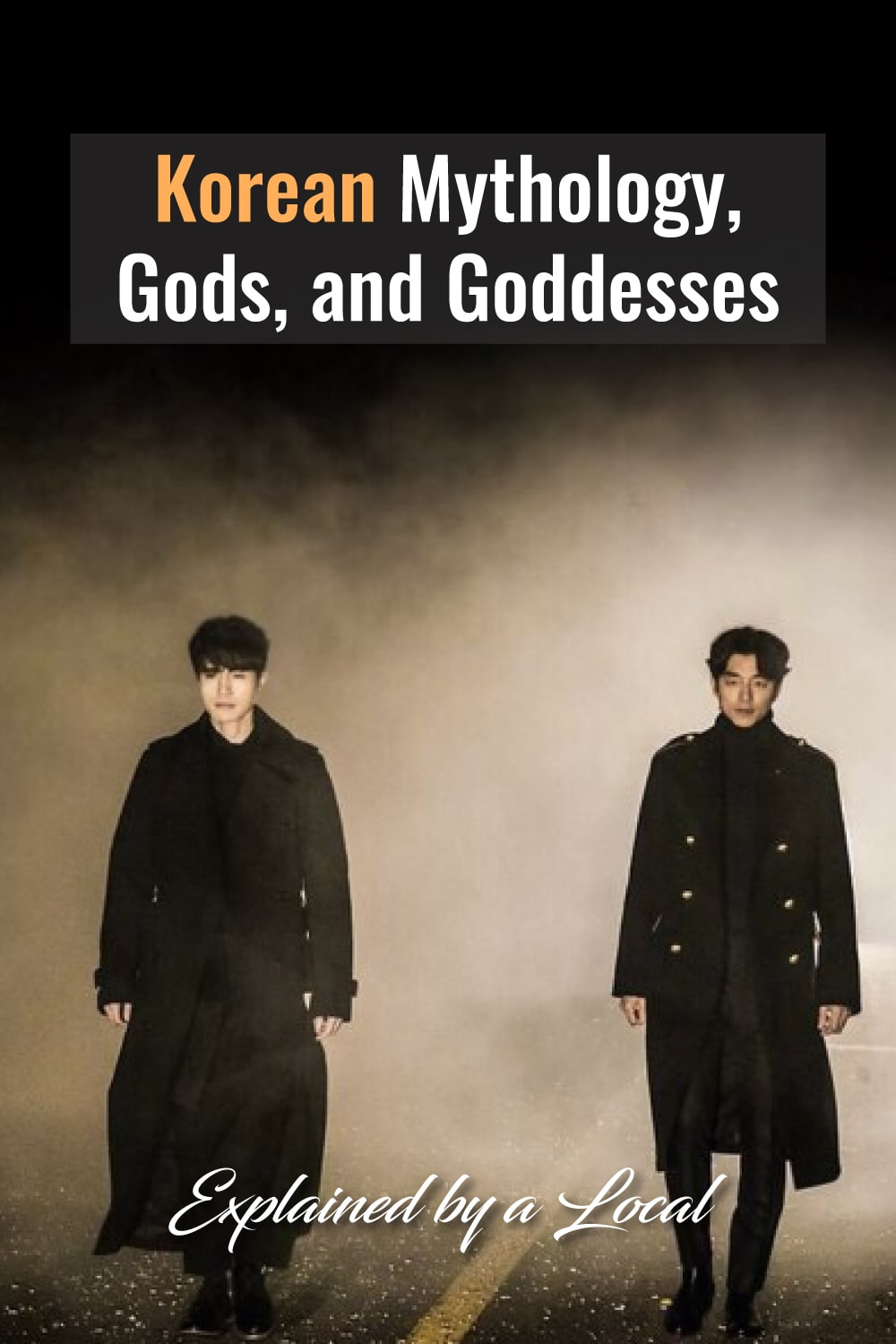Korean mythology is a mixture of shamanistic beliefs, Taoism and Buddhism spanning 5,000 years.
Here’s some fascinating info on mythical worlds, popular gods and goddesses to help you understand the country better.

Key Takeaways
- Korean mythology is called shinhwa in Korean.
- Ungnyeo (Bear Woman) is the mother of Dangun, who used to be a bear. Ungnyeo became a woman by eating garlic and mugwort for 100 days in a cave.
- Grandmother Samsin is the triple goddess of childbirth, who blooms a flower (baby) in Seocheon Flower Garden located in the afterlife.
- Jangseung (traditional totem pole at the village entrance) is the guardian of the village (this world) and also a road to the underworld.
What is Korean mythology?
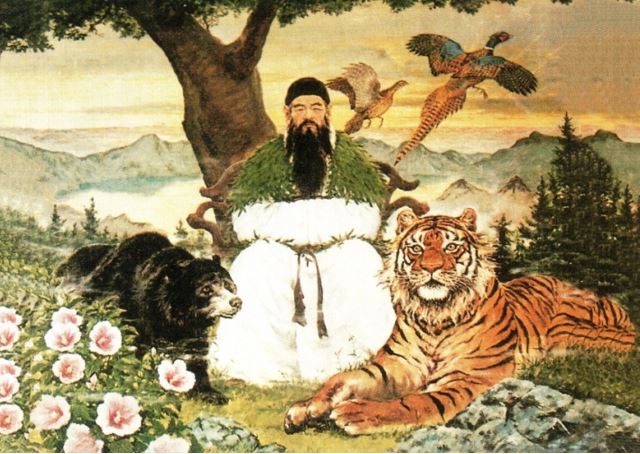
Image courtesy of Jacques Beaulieu
Korean mythology refers to myths passed down, and is called “신화 (shinhwa)” in Korean.
Korean mythical stories feel dreamy, but familiar, like urban legends, if they were thousands of years old with way more spirits and mythical beings.
These fairy tales also unfold in a shamanic world that exists outside our realm.
Korean myths are based on local beliefs like Muism (Korean Shamanism, talismans, and fortune telling) and Daejongism (worship of Dangun, the legendary founder of Korea), as well as folk tales.
A note about mountains
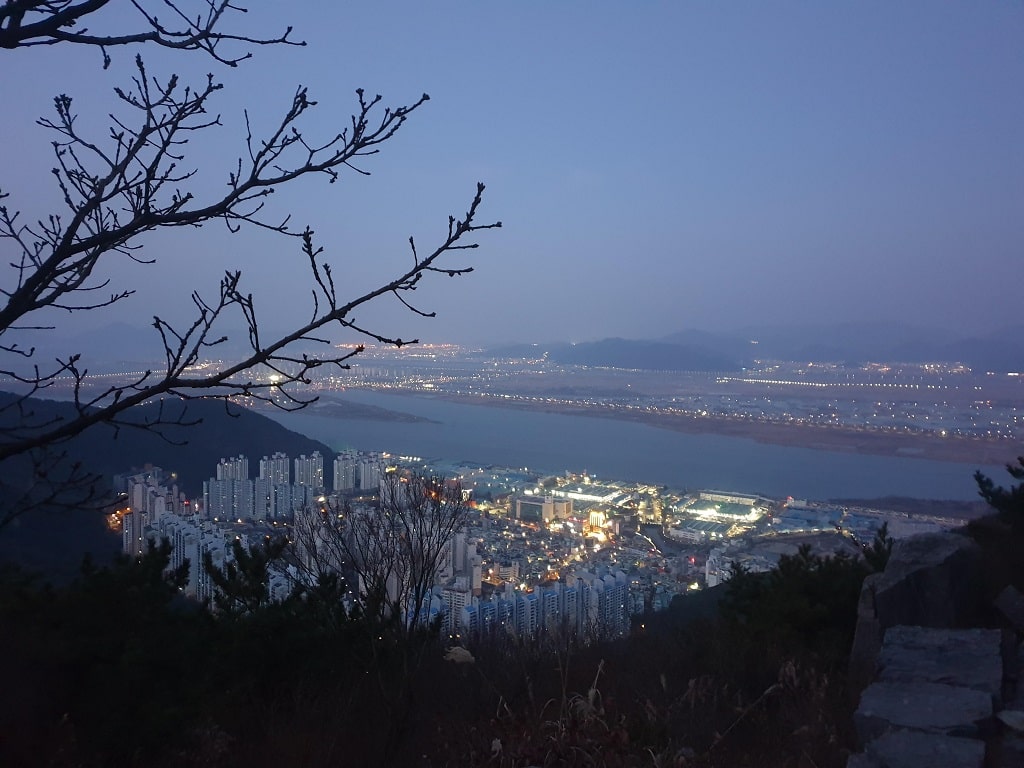
Koreans have many stories about the mountain behind your home (70% of Korea is covered by mountains, so we all have “뒷산” or the back mountain in the neighborhood).
In traditional Korean beliefs, the numerous mountains offer positive energy and provide Korea with strength. Also, there’s “산신” or mountain gods, which usually take the form of a tiger or an old man with long white hair, naturally.
On top of homegrown myths, it borrows heavily from localized Buddhism and Taoism.
Imagine if Nordic, African, and Greek mythology were combined over 5 thousand years. The lines get blurred with the numerous versions and crossovers.

What are the realms of Korean mythology?
In order to understand Korean mythology, you have to know the 4 main worlds and the hierarchy therein. There’s tons of lore but I’ll try to simplify things.
1. Heaven (Cheonsang): The Divine World
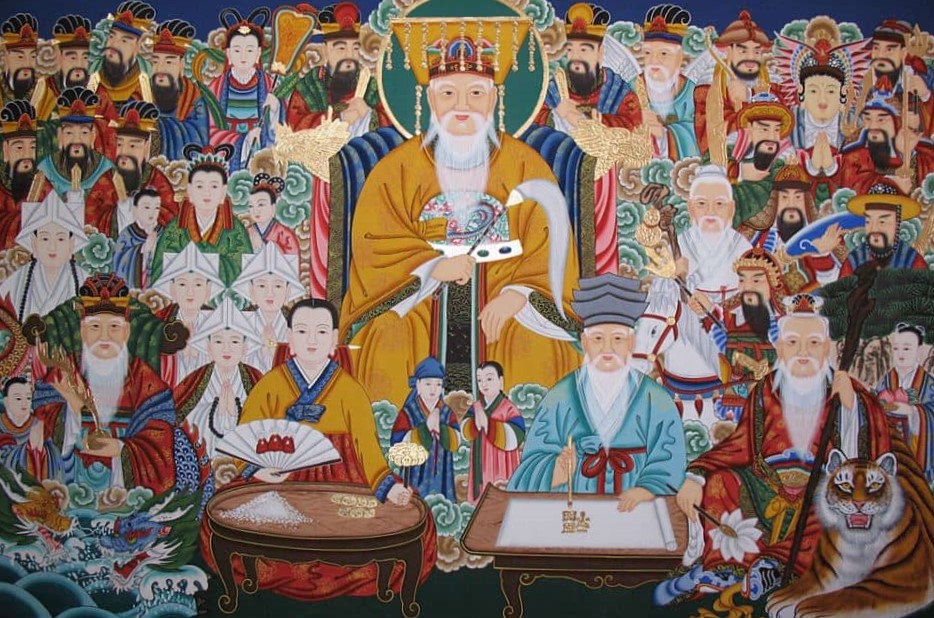
Heaven (Koreans often call it the “sky“) is more like Olympus with a pantheon of gods, if it were run like a government office.
In this celestial realm, departments of the gods perform admin duties regarding the human world.
And yes, that’s right! Koreans are such workaholics that even gods form a bureaucracy.
The heavenly realm gives orders to gods assigned to the human world, while hiring and assigning spirits to inhabit kitchens and workshops. Being a Korean god doesn’t sound that great after all.
So, who presides over the heavens in Korean mythology?
There are actually two versions depending on who you ask: Hwanin (the ruler of the Heavens who is also the grandfather of Dangun from the local legend), and Okhwang Sangje (the Korean version of Taoist’s highest deity, the Jade Emperor).
2. This World (Yiseung): The Real World or The Human World
This world or this life is the world humans live in, or a village (in the really old days, one’s village was all one would know) in a narrow sense.
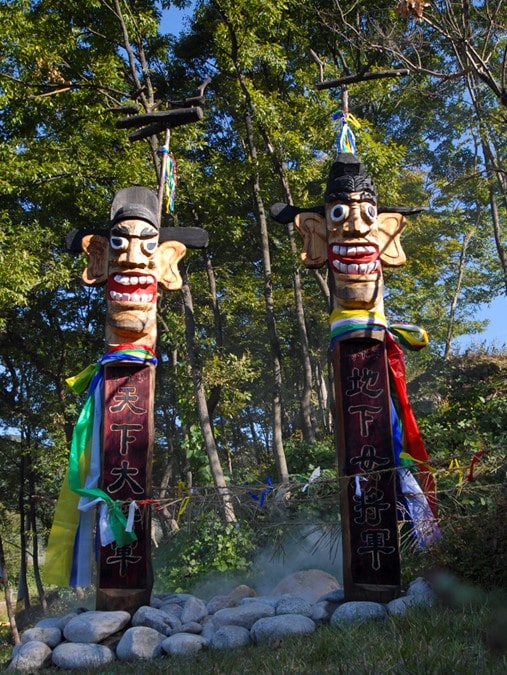
Jangseung (Korean traditional totem pole at the entrance) is the guardian of the village (this world) and also a road to the underworld.
It’s a realm that includes humans and all civilization.
The gods who live in this world follow orders from heaven since they’re recruited and stationed by the celestial realm.
Koreans have a loooong history of hierarchy. Even deities have a pecking order.
Water World
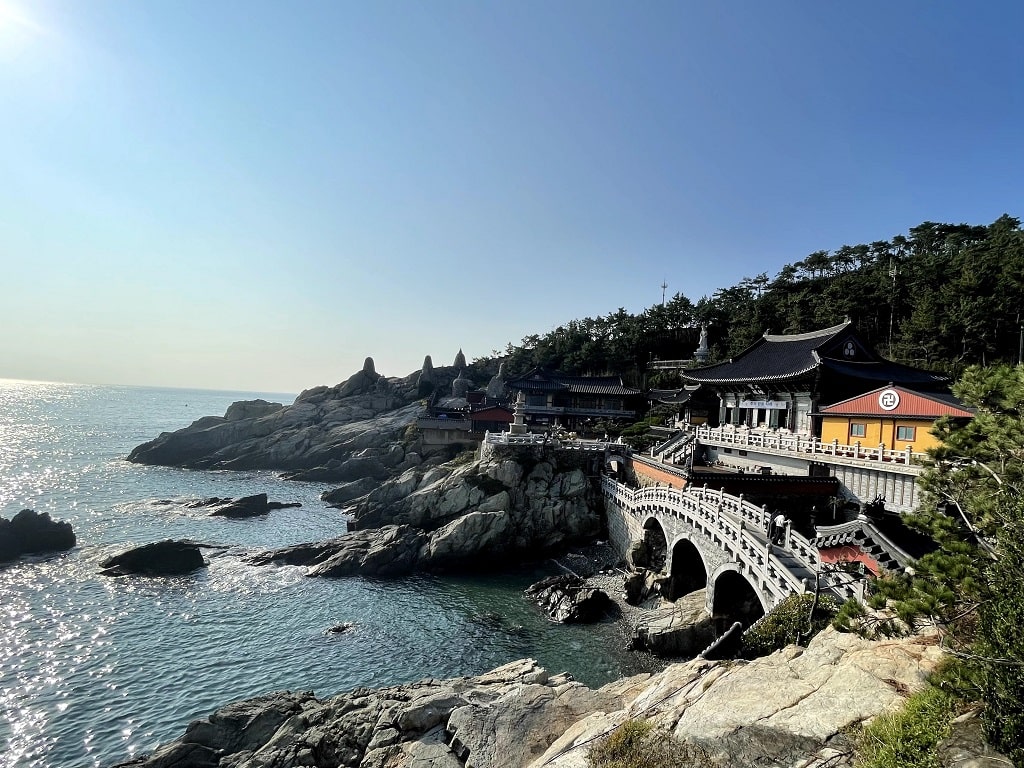
So, in addition to our realm, there’s also a water one where dragons, turtles, and other aquatic creatures dwell.
It’s ruled by a colorful character named Yongwang that I’ll cover later.
3. Underground (Jiha): The Subterranean World
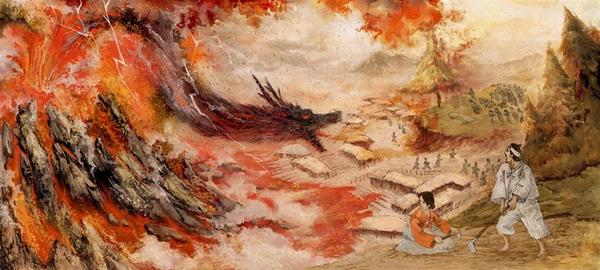
The world beneath the earth, also known as the Underground Kingdom.
Unlike other cultures where the underworld is usually the same as the afterlife, it’s a completely separate world in Korea. The underground creatures also go to the afterlife when they die.
The whole realm is dark and harsh, crawling with bizarre creatures.
There’s the Underground City, the capital of the Underground Kingdom, Mount Jongnamsan, the source of mythological creatures, and the Black Dragon Cave, home to monstrous Black Dragons.
The subterranean world is where gods, humans, and monsters live together with much discomfort.
4. Afterlife (Jeoseung): The Spiritual World
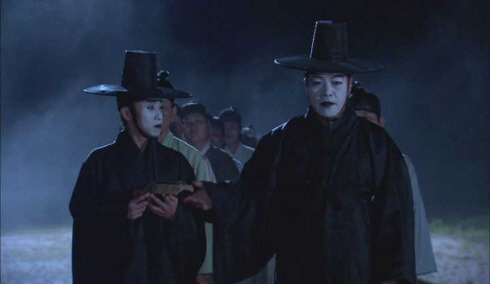
If you’re a K-drama fan, you’ve probably heard the word, Jeoseung, a lot.
The afterlife in Korean mythology is a unique mixture of Buddhism, Taoism, and Korean folklore.
This world is a realm connected to the Buddhist concept of paradise and hell. But, with a Korean-style shamanic worldview with cool things like Seocheon Flower Garden (more on this later).
The afterlife doesn’t necessarily mean hell. If Jeoseung (afterlife) is a country, Jiok (hell) is a state.
Korean hell judges and punishes the dead for their sins (which tends to be too strict and harsh), while the spiritual world governs the cycle of life, including birth and death.
It’s a wild and crazy place but there’s still a government office with grim reapers working there. They even have plants and food for some reason.
If this is all too out there, just remember that hemp was legal and a large part of Korean culture for centuries.
Korean Boogeyman
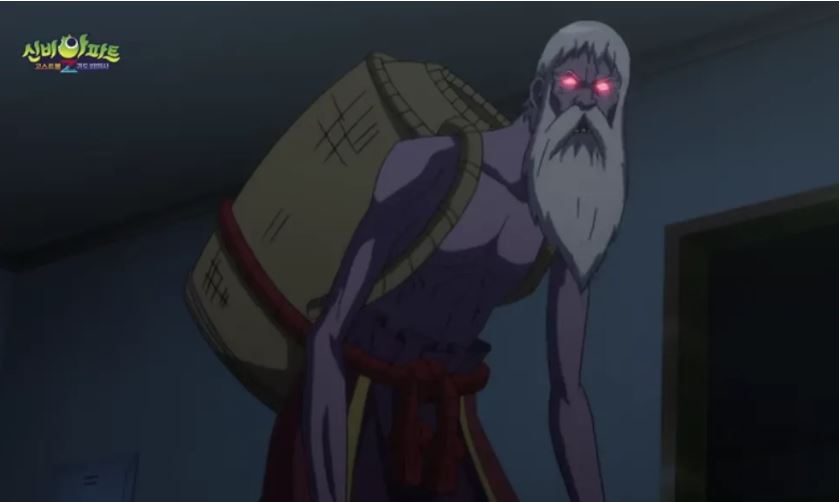
Korean mythology is naturally integrated into the daily lives and culture of Koreans.
Koreans grow up hearing things like, “Grandpa Mangtae (or Samsin Halmeoni or Tiger) will come kidnap you if you’re being rebellious/naughty”. Kind of like Krampus or the boogeyman.
Scaring kids straight is universal apparently.
Who are the Korean gods and goddesses?
There have been numerous gods and goddesses in Korean mythology spanning 5 millennia.
The pantheon of Korean gods reads like a fan faction of DC and Marvel mixed together.
With so many to choose from, Koreans don’t just wish upon a star, they use the sun and moon as well.
Here are the most prominent ones.
Sky Gods: Hwanin (환인), Okhwang Sangje (옥황상제)
In the ancient Korean peninsula, Hwanin was the ruler of the Heavens. He was somewhat of a Zeus figure.
Hwanin is the grandfather of Dangun, who is the legendary founder of Joseon known as Gojoseon (Ancient Joseon).
Nowadays, Okhwang Sangje (the Jade Emperor) originated from Chinese mythology, Buddhism, and Taoism dominates Korean myths.
God of Water: Yongwang (용왕)
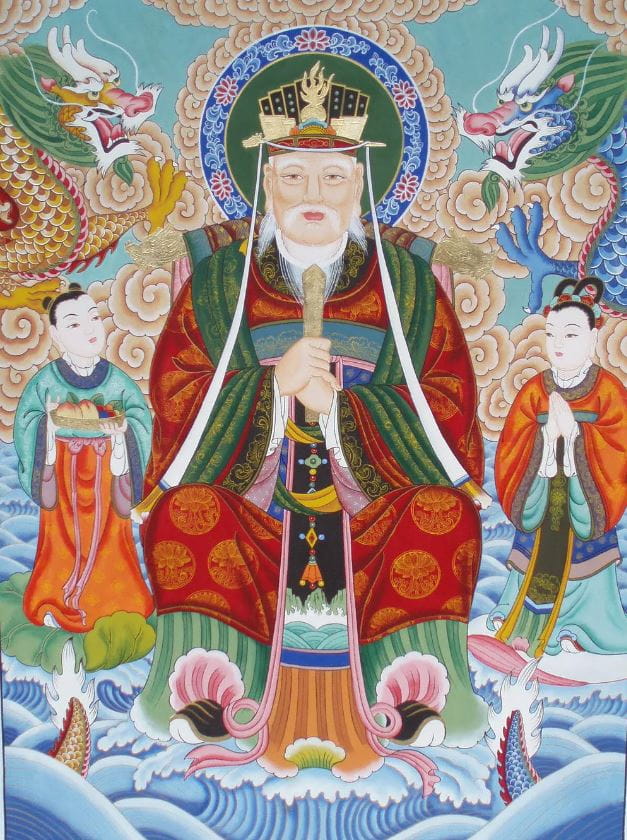
Yongwang is a divine being who governs rivers, streams, lakes, and seas and controls storms and rain. Pretty much like a Korean Poseidon, if he were a dragon masquerading as a man.
Yongwang literally means “dragon king”.
In fishing villages, Koreans used to make offerings to Yongwang for peaceful waters and a bountiful catch.
According to many legends or classic novels, Yongwang lives in a beautiful palace called Yonggung in the sea.
There’s a very famous story, Hare’s Liver (토끼전 or 별주부전) starring Yongwang, a rabbit and turtle!
Nature Goddesses: Mago (마고), Ungnyeo (웅녀), Mireuk (미륵 or Maitreya), Seolmundae Halmang (설문대할망), Lady Saso (선도성모)
They’re common nature deities that have come and gone throughout the years.
In the South, there are origin myths in which the Earth Mother/female deities created the world.
Ungnyeo (Bear Woman) is worth mentioning. She’s the mother of Dangun, who used to be a bear. Ungnyeo became a woman by eating garlic and mugwort for 100 days in a cave. Well, that explains why we enjoy garlic and mugwort so much.
Shaman Goddess: Baridegi (바리데기)
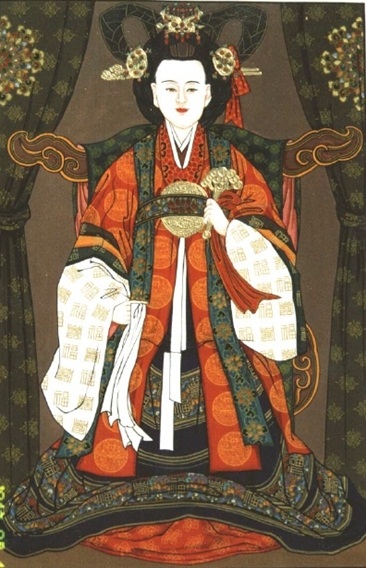
A real jack of all trades. She’s the goddess of shamanism, necromancy, and the ruler of hell.
The story of Princess Bari is a well-known myth that Koreans learn in school.
Baridegi is the goddess who created a chance for souls to circulate between this world and the afterlife.
Goddess of Birth: Samsin Halmeoni (삼신할머니)
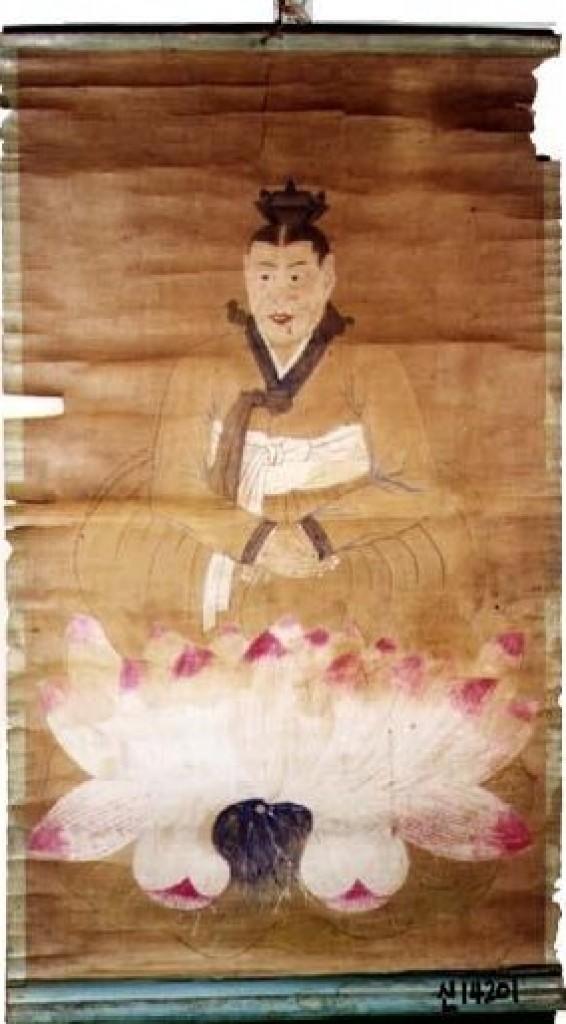
Grandmother Samsin is the triple goddess of childbirth, who blooms a flower (baby) in Seocheon Flower Garden located in the afterlife.
She’s a respected elder in her realm.
Modern Koreans often refer to a competent fertility doctor as “samsin halmeoni or samsin harabeoji“.
When a baby hits the 100-day mark, Korean moms set up a table for samshin to receive her blessings.
Grim Reaper: Jeoseung Saja (저승사자)
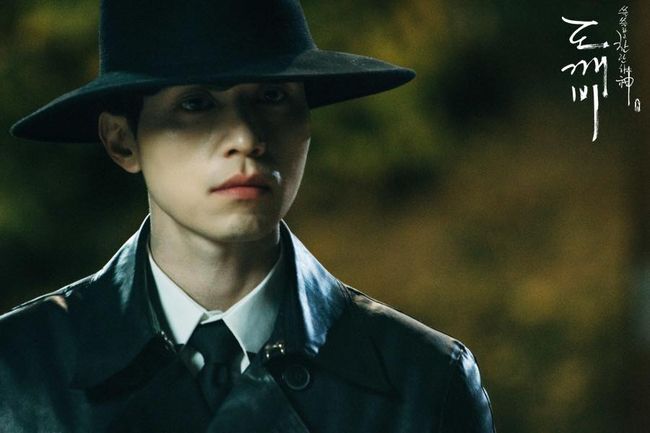
Korean grim reapers are the messengers of the afterlife. Kind of like public servants, they have ranged from terrifying in the old days to hot in K-dramas.
Unlike the skeletal version in western cultures, Korean grim reapers have pale skin, and wear a black robe and traditional hat (gat).
As you’ve seen in Guardian: The Lonely and Great God (도깨비), they are now handsome like Lee Dong-wook, because why not?
They have a workflow like one you’d see at a multinational company.
A Korean grim reaper in the department of this world will visit the house of the dead, and call out the soon-to-be-deceased’s age and name three times. Then, the soul leaves the body. He/she will take the soul to the afterlife, and hand them over to a grim reaper in the department of the afterlife.
Household Deities (집안신 또는 가택신)
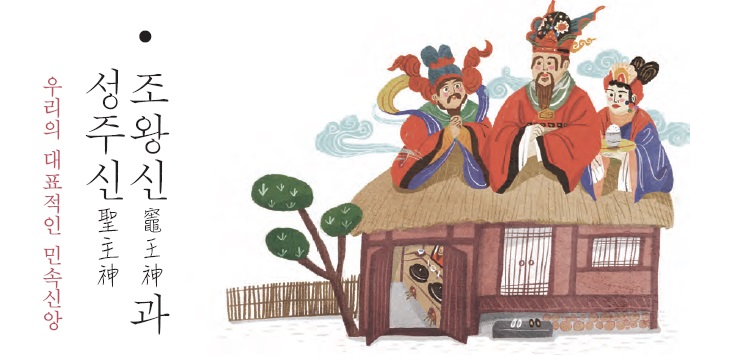
Korean mythology is heavily influenced by shamanism.
It’s becoming less common now that Koreans live in modern apartments.
But, older generations believed that if the people in a hanok neglect to worship the household deities, they’ll leave and take your fortunes with them among other bad things. They’re low-level when it comes to gods, but are still powerful.
Famous household deities are:
- Seongjusin (성주신): The god that controls the fortune of the family. His body is a dried pollack (a fish that is dried and hung in new houses) tied with thick threads to a new house.
- Jowangsin (조왕신): The goddess of fire and the hearth in the kitchen. She likes a tidy house where women don’t curse.
Which K-dramas feature Korean mythology?
Guardian: The Lonely and Great God (도깨비) – I LOVE this drama! It has some great characters including the immortal goblin, legendary goblin’s bride, grim reaper, and samshin. It’s a really fun watch and is on Netflix as well!
Hotel del Luna (호텔델루나) – If you don’t mind some gruesome ghosts, this show is pretty entertaining. You’ll see the deity Mago, and of course Lee Ji-eun (IU) and Yeo Jin-goo!
Tale of the Nine Tailed (구미호뎐) – A story of the famous nine-tailed fox. I haven’t watched this one, but I’ve heard that it has a great plot.
Along with the Gods (신과함께) – A webtoon turned into a movie! I enjoyed the movie, except that it made me wonder why Korean afterlife is so horrible (you have to go through 7 hells), while Mexico has Coco, and America has The Good Place.

